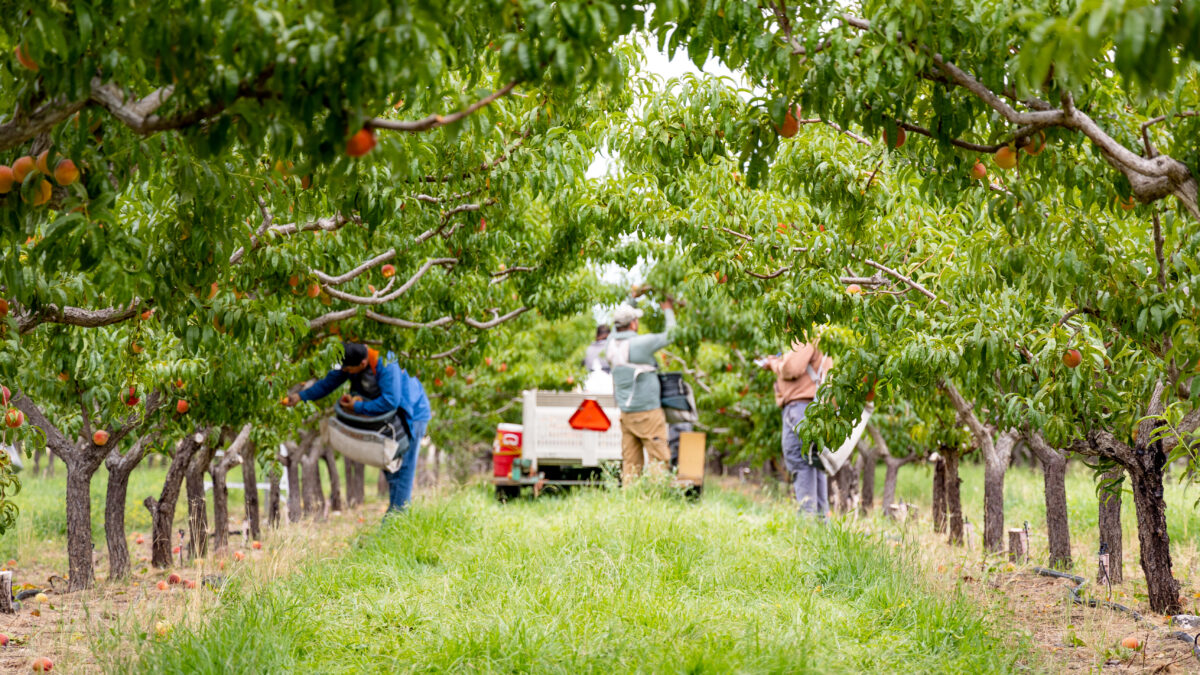The Adverse Effect of the H-2A Wage Rate
TOPICS
Labor ReformGuest Author
Special Contributor to FB.org

photo credit: Colorado Farm Bureau, Used with Permission
Guest Author
Special Contributor to FB.org
By Allison Crittenden @acritty
Farmers who use the H-2A program must pay workers the Adverse Effect Wage Rate — a wage rate designed to ensure that guest worker wages will not depress the wages of domestic workers in similar occupations. Perhaps this concept would make sense if there were many domestic workers willing to work on farms. However, we continue to see signs of worker shortages in agriculture, such as the increased use of the H-2A program. We also hear stories of farmers plowing fields under simply because they didn’t have the hands available for harvest.
As American unemployment continues to be under 4%, and workers in the U.S. have many job opportunities across different sectors, agriculture is becoming more reliant on guest workers to feed our nation and the world. As required wages under the guest worker program continue to increase, the real adverse effect to consider is the American farmers’ ability to stay open for business and compete against imports from countries with lower labor costs.
Compared to 1980, the U.S. imports 10 times more fruit into our nation’s marketplace, and vegetable imports have almost quadrupled.
The 2020 national average AEWR increased 6% compared to the year before, placing additional financial strain on farmers after a challenging 2019. This 6% increase is just the nationwide “average” for 2020, as there are several different AEWR regions in which wages are determined. In some of these regions, farmers will be forced to absorb increases of nearly 10%; some of those same farmers experienced increases of more than 22% in 2019.
These AEWR increases far outpace the average wage growth experienced across the broader U.S. and come at a time when revenues for labor intensive crops stagnate. In fact, over the last five years revenues for fruits and nuts have only increased 3%, and revenues for vegetables and melons have not increased at all. While American farmers are required to pay their H-2A employees more and more each year, the United States continues to import produce from Mexico as well as Central and South America, where workers are paid in a day what H-2A workers make in one hour in the United States.
Compared to 1980, the U.S. imports 10 times more fruit into our nation’s marketplace, and vegetable imports have almost quadrupled. This can be attributed to consumer demand for year-round fresh consumption, improved transportation and cold storage in other countries, improvements in technology that allow crops to grow in new places, trade agreements that reduced tariffs and other barriers to trade and foreign growers that have the advantage of lower labor costs. As prices fail to keep up with rising labor costs in the U.S., farmers struggle. As evidence, Chapter 12 family farm bankruptcies over the previous 12 months increased 24% compared to prior-year levels.
When farms are unable to be profitable, it affects farm families as well as the larger rural economy. Without successful farms, the businesses that provide products, services and economic support to farmers and our rural communities suffer too — another adverse effect of the AEWR.
As it becomes more expensive to grow food in the United States, we will continue to see businesses pursue agriculture in countries where costs of production are more manageable.
If American farmers are to succeed, it is imperative our legislators recognize that we must reform our guest worker program to incentivize agricultural production in the U.S., instead of pushing it outside our borders. Although the AEWR was designed to protect wages for domestic employees, the real adverse effect taking place now is the demise of labor-intensive agriculture in the U.S. and the rise of agricultural production in other countries.
Allison Crittenden is director, congressional relations, at the American Farm Bureau Federation.